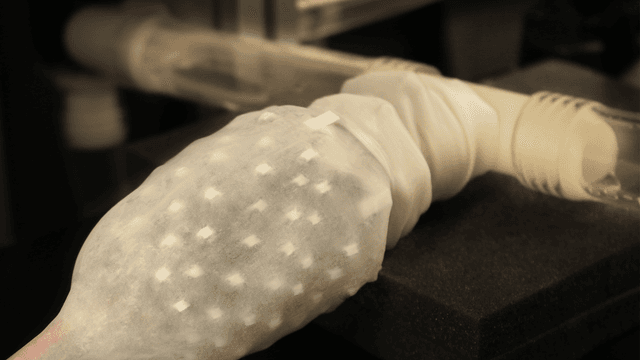Robotic Heart

Researchers at the University of New South Wales have developed a heart simulator that accurately replicates the movements and functions of a real human heart, particularly focusing on the left ventricle (LV). This soft robotic LV simulator mimics the heart’s natural motions, which could reduce the need for animal models and enable more personalized patient care, according to Thanh Nho Do, a senior lecturer at the university.
The left ventricle is vital for pumping blood through the body, and when it fails, medical interventions are often needed. Current heart simulators struggle to replicate the full range of cardiac motions and pressure changes, limiting their use in testing heart conditions and devices. The new LV simulator addresses these limitations by recreating the left ventricle’s shape and function, using a simplified three-layer model of the heart’s muscle fibers. The outer layer (epicardium) consists of connective tissue and blood vessels, the middle layer (transmural) contains muscle cells responsible for pumping, and the inner layer (endocardium) lines the heart’s chambers and valves.
The simulator uses hydraulic artificial muscle fibers and can be customized by adjusting fiber density, angles, and ventricular shape. This design brings the device closer to mimicking real heart motion, offering improved biomimetic performance. The researchers tested the LV simulator in a mock circulatory loop to simulate blood flow and evaluate its effectiveness.